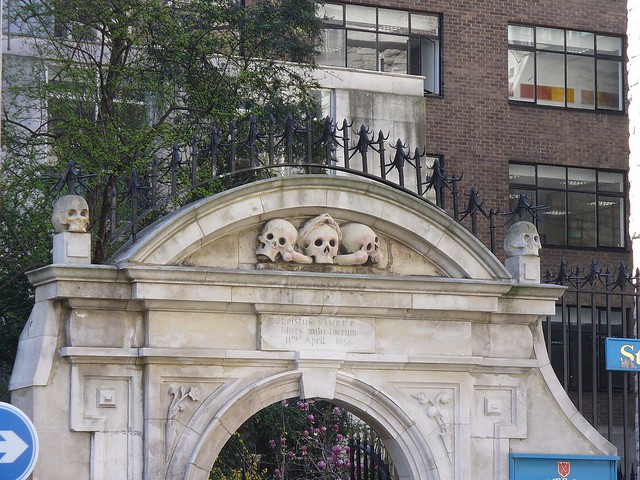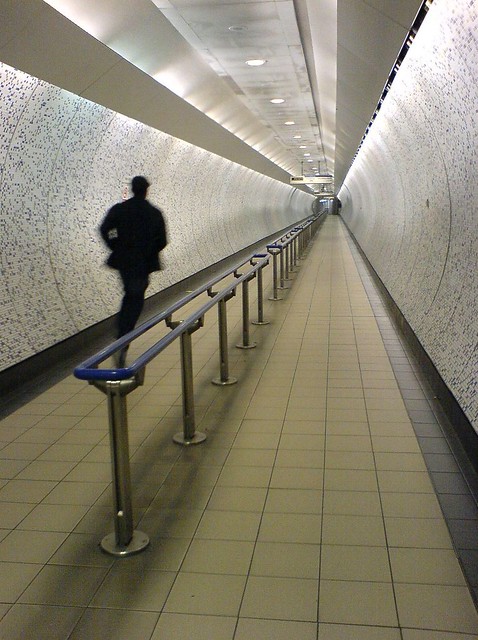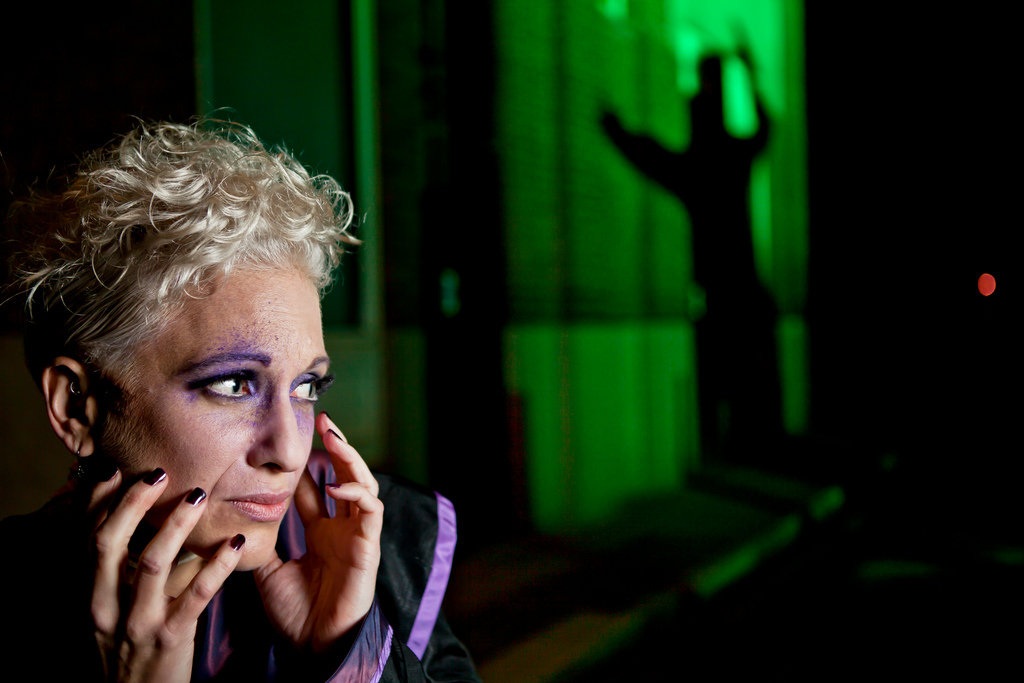People make a big deal about Halloween but for me winter is the right time for ghost stories and the macabre, particularly in a city like London. When the wind whistles through the city streets and there’s mist on the lake in St James’s Park – when it’s dark at three o’clock in the evening and the daytime gloom never lets up – it’s the perfect time for a tale to make your flesh creep.
Vagabondish is reader-supported. When you buy through links on our site, we may earn a small affiliate commission. Read our disclosure.
And I’m glad to say that London has lots of wickedness to deliver up.
Let’s start with the famed Jack the Ripper walks in the East End. One of the world’s most famous serial killers – and one of the very few justice never caught up with – Jack the Ripper killed at least five women (possibly more) in 1888 and then just disappeared. There are theories, of course; he was a member of the Royal Family, he was the murderous doctor Thomas Neill Cream, he was Lewis Carroll or Queen Victoria’s doctor William Withey Gull, or the painter Walter Sickert. But no one knows – and that makes an already gruesome story all the more chilling.
There are also several execution sites around London. Tyburn was the site of many hangings and is now a humble traffic island near Marble Arch and hardly atmospheric – though you can visit the Tyburn convent which commemorates the Catholic martyrs who met their end there. In Smithfield, a plaque on the wall of St Bartholomew’s Hospital shows where Scottish patriot William Wallace met his end – but a far more macabre sight is the meat market next door, where sides of beef and whole pigs hang dangling in the blue light of fluorescent tubes. Only Tower Green still feels vaguely ghostly.
I prefer the unexpected macabre of St Ghastly Grim as Dickens called it – St Olave, Hart Street, which has a pair of grinning little skulls above its churchyard gate. The church inside is rather charming though, with delicate woodwork by Grinling (not Grinning) Gibbons and not at all grim.

Gate at St Olave’s Church © Metro Centric
For real grimness you’ll need Room 46 of the British Museum, where you can see Oliver Cromwell’s death mask. Yet this too I find less macabre than its billing; it has a strangely innocent, slightly wistful expression and no sign of the famous wart.
You may have heard stories about the curse of the Egyptian mummy which killed its excavator, sank the ship that was transporting it to England, and has managed to blur every photograph taken of its mummy case. She’s even been blamed for the sinking of the Titanic. You can visit and see the mummy concerned (BM.22542), but you should know that the story is a hoax. And anyway, the exhibit is not a mummy – it’s the inner coffin lid of a mummy’s case.
My top tip for the truly macabre, though, is to take a trip to one of London’s great Victorian cemeteries. Highgate is the best known, with its Egyptian catacombs and famous graves, but I love Abney Park with its abandoned Gothic chapel and overgrown walks – most recently the star of Amy Winehouse’s ‘Back to Black’ video.
Or you can simply take the Tube. There’s something very spine-chilling about the Tube – if you’re the only passenger in your carriage, late at night, passing through one of those deserted stations where you can see the platform and the train slows but doesn’t stop. I wasn’t at all surprised to find out that the Underground is haunted.

Green Park Tunnel, London © Stew Dean
At Farringdon Station, the ‘screaming spectre’ is said to be the ghost of Anne Naylor, a 13 year old girl murdered there in 1758; at Liverpool Street, a madwoman who lived in Bedlam still wanders and there’s a new techno-ghost, a man in white overalls who can be seen on CCTV but isn’t actually there. There are even ghost trains – a steam train at Wellington Sidings and trains going through Highgate High Level station, even though the track was never laid.
But the saddest of the tube ghosts are the voices of Bethnal Green. On the night of 3 March, 1943, in the middle of the Second World War, frightened civilians stampeded into the station seeking shelter from what they thought was a German bombing raid; 173 of them died in the crush. Children can still be heard crying late at night and sometimes women scream in the early hours of the morning.
Need a safe and contemporary hotel to stay in while enjoying your tour of London’s dark side? The Bloomsbury Street Hotel is near several Tube stations and one of the most highly-rated 4-star hotels in London.


